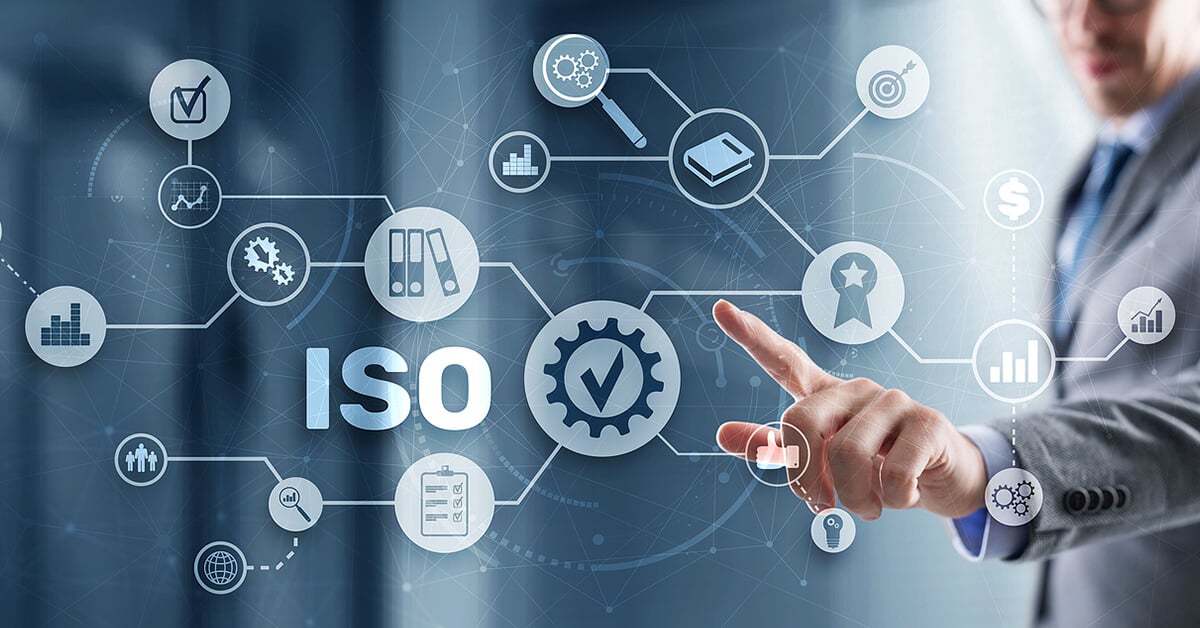Achieving ISO certification is a remarkable milestone for any organisation, symbolising a commitment to quality, efficiency, and continuous improvement. However, the journey to certification is often fraught with challenges that can hinder progress and lead to frustration. This article will explore the common obstacles faced during the ISO certification process and provide practical steps to overcome them, ensuring a smoother path to achieving and maintaining ISO standards. This guide offers a roadmap for overcoming these challenges, ensuring a smoother and more successful certification journey.
Understanding the Common Challenges
- Limited Awareness and Understanding: Many organisations need to understand ISO certification more. This includes the standards’ specific requirements, the certification’s benefits, and the impact on the organisation.
- Resource Constraints: Obtaining ISO certification requires significant resources, including time, personnel, and financial investment. Small and medium-sized enterprises (SMEs) often find it challenging to allocate these resources without affecting their day-to-day operations.
- Resistance to Change: Implementing ISO standards necessitates changes in processes and practices. Resistance from employees, particularly those accustomed to existing workflows, can be a significant hurdle.
- Documentation and Record-Keeping: ISO certification involves rigorous documentation and record-keeping. Many organisations need help to maintain the necessary records consistently and accurately.
- Continuous Improvement: ISO standards emphasise continuous improvement, requiring organisations to regularly assess and improve their processes. Maintaining this momentum can be difficult, especially after initial certification is achieved.
Steps to Overcome ISO Certification Challenges
- Educate and Train Staff:
- Awareness Modules: Conduct regular training sessions and workshops to educate employees about the importance of ISO certification, its benefits, and the specific requirements of the relevant standards.
- Specialised Training: Invest in specialised training for key personnel implementing and maintaining ISO standards. This includes training on documentation, internal auditing, and continuous improvement practices.
- Resource Management:
- Budgeting: Allocate a specific budget for the certification process. Consider the costs of training, consultancy, and any necessary infrastructure upgrades.
- Time Management: Develop a detailed project plan with clear timelines and milestones. Assign dedicated teams or personnel to manage the certification process, ensuring that day-to-day operations are maintained.
- Leverage Technology: Utilise ISO Compliance software solutions like ISO+ to manage documentation, track progress, and facilitate team communication.
- ISO Consulting Services: Take advantage of an ISO Consulting firm to help you manage the process. They help organisations develop, implement, certify and maintain their management system through an efficient and hassle-free process.
- Change Management:
- Engage Leadership: Ensure top management is actively involved in the certification process. Their commitment can motivate employees to embrace the necessary changes.
- Communication: Maintain cross-functional communication with employees at all levels. Clearly explain the reasons for changes and how they will benefit the organisation, and provide a platform for feedback and concerns.
- Incremental Changes: Implement changes gradually to minimise disruption. This allows employees to adapt more efficiently and reduces resistance.
- Streamline Documentation and Record-Keeping:
- Standardised Templates: Develop standardised templates for documentation to ensure consistency and completeness.
- Routine Audits: Perform consistent internal audits to review documentation and records, which helps identify gaps and areas for improvement prior to external audits.
- Centralised System: Implement a centralised documentation system to manage and store records securely. This makes it easier to access and update information as needed.
- Foster a Culture of Continuous Improvement:
- Regular Reviews: Schedule regular reviews of processes and practices to identify opportunities for improvement. This should involve input from employees at all levels.
- Feedback System: Establish a system for employees to provide feedback on processes and suggest improvements. Recognise and reward contributions that lead to significant enhancements.
- Stay Updated: Keep abreast of updates to ISO standards and industry best practices. This ensures that your organisation remains compliant and benefits from the latest advancements in quality management.
Conclusion
Navigating the path to ISO certification can be challenging, but these obstacles can be effectively managed and resolved with the right strategies. By educating staff, managing resources efficiently, embracing change, maintaining meticulous documentation, taking advantage of ISO certification consultants and fostering a culture of continuous improvement, organisations can achieve and sustain ISO certification, reaping the numerous benefits that come with it. For expert guidance and support in your ISO certification journey, visit ISO Consulting Services. Our experienced team is here to help you every step of the way.
Experience Hassle-free Compliance with ISO Consulting Services. Contact us today to learn more about how we can help you succeed.
Our expertise is to help our clients develop, implement, certify and maintain their management system through a hassle-free process and with a…
Read MoreThe National Disability Insurance Scheme (NDIS) provides about 460,000 Australians under the age of 65 with a permanent and significant disability with…
Read MoreAs the aged population is growing in Australia, the need for a range of care, accommodation, hospitality, and other services is undeniable. To address this growth…
Read More







